Scientists Discovered a Theoretically Habitable Earth-Sized Planet
Scientists have made a monumental stride in the quest for extraterrestrial life, uncovering an Earth-sized planet with the potential for habitability.
Two teams of scientists have made a significant breakthrough in their search for extraterrestrial life. They have discovered a unique planet, slightly smaller than Earth, approximately 40 light-years away. This discovery could revolutionize our understanding of habitable planets and the search for life beyond our solar system.
The Search for Habitable Planets
Astronomers and astrophysicists have long sought to discover habitable planets. These celestial bodies could not only provide evidence of extraterrestrial life but also serve as a potential refuge in case our own planet faces destruction.
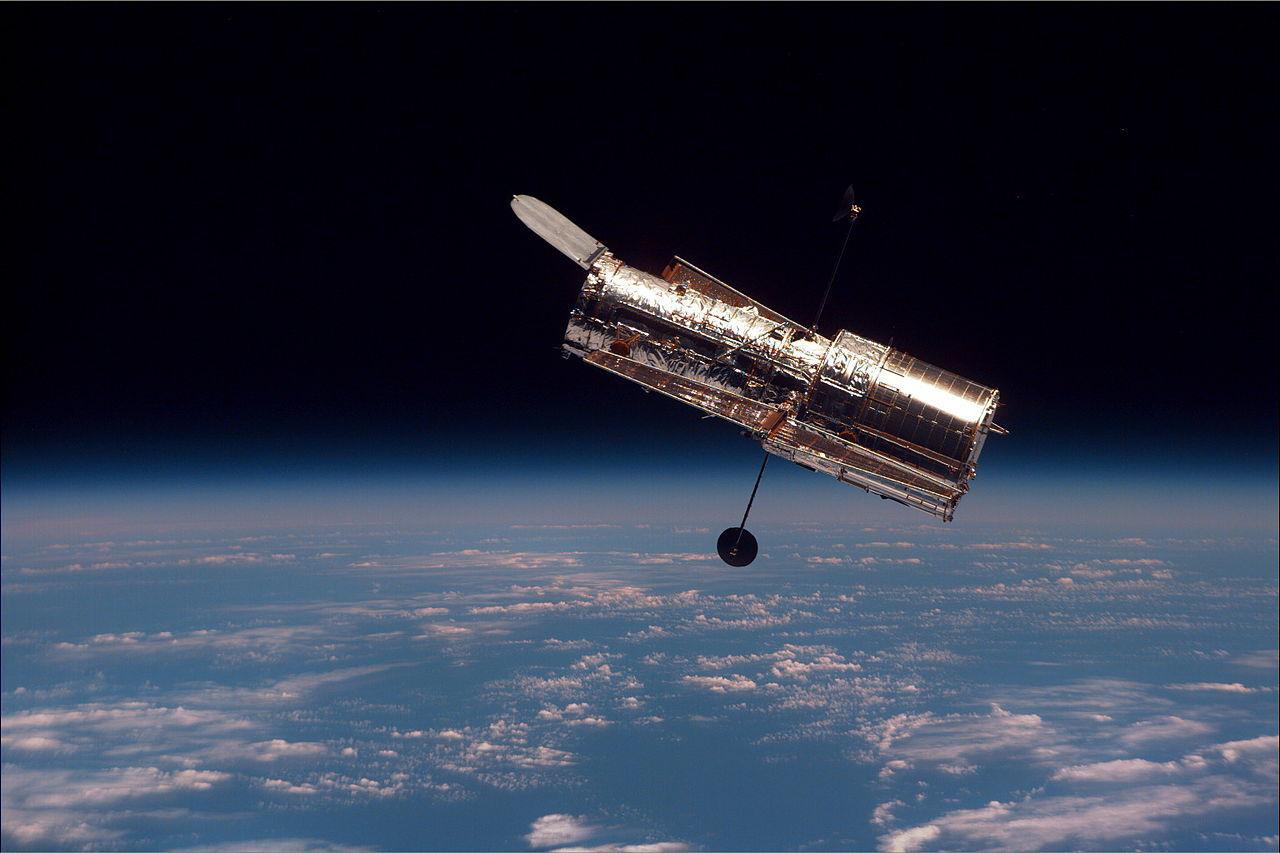
Source: Wikipedia
The latter would require a serious advancement in spacecraft technology to the point where humans could travel vast distances at great speeds. However, scientists can still look for tell-tale signs that a planet is habitable, including liquid water, nutrients, and energy.
How Many Exoplanets Have Scientists Discovered?
Over the past century, astronomers have discovered a plethora of potentially habitable exoplanets that could sustain life. Currently, there are at least 60 known exoplanets, and 23 of these are around the size of Earth.

Source: Wikimedia
According to CNN, a group of scientists believes they have discovered another planet to add to the list: Gliese 12b, which is approximately 40 light years away from Earth.
Gliese 12b
The recently discovered planet Gliese 12b orbits a cool red dwarf star located in the Pisces constellation. Researchers shared their discovery in two studies published in The Astrophysical Journal Letters and Monthly Notices of the Royal Astronomical Society.

Source: Wikimedia
According to their research, the exoplanet’s sun is about 27% the size of Earth’s and around 60% of the temperature, which is theoretically enough to provide the planet with energy and, ultimately, life.
Exoplanet Falls Within Habitable Zone
The researchers determined that Gliese 12b still falls within the brackets required to be considered habitable, despite orbiting a star much smaller than our sun.

Source: Wikimedia
According to their paper, the distance between the exoplanet and its sun is ideal, suggesting that water exists on the planet, even though it completes an entire orbit around its red dwarf in less than 13 days.
Lead Researcher Emphasises the Importance of the Exoplanet
Masayuki Kuzuhara, a project assistant professor at the Astrobiology Center in Tokyo and co-leader of one of the research teams with Akihiko Fukui, a project assistant professor at the University of Tokyo, explained the importance of the findings during a statement.

Source: Freepik
“We’ve found the nearest, transiting, temperate, Earth-size world located to date,” he said.
Could Life Exist on Gliese 12b?
When scientists encounter planets such as Gliese 12b, the next step is to analyze them carefully. This allows the researcher to determine which elements are present in the atmosphere and, most importantly, whether water is present.
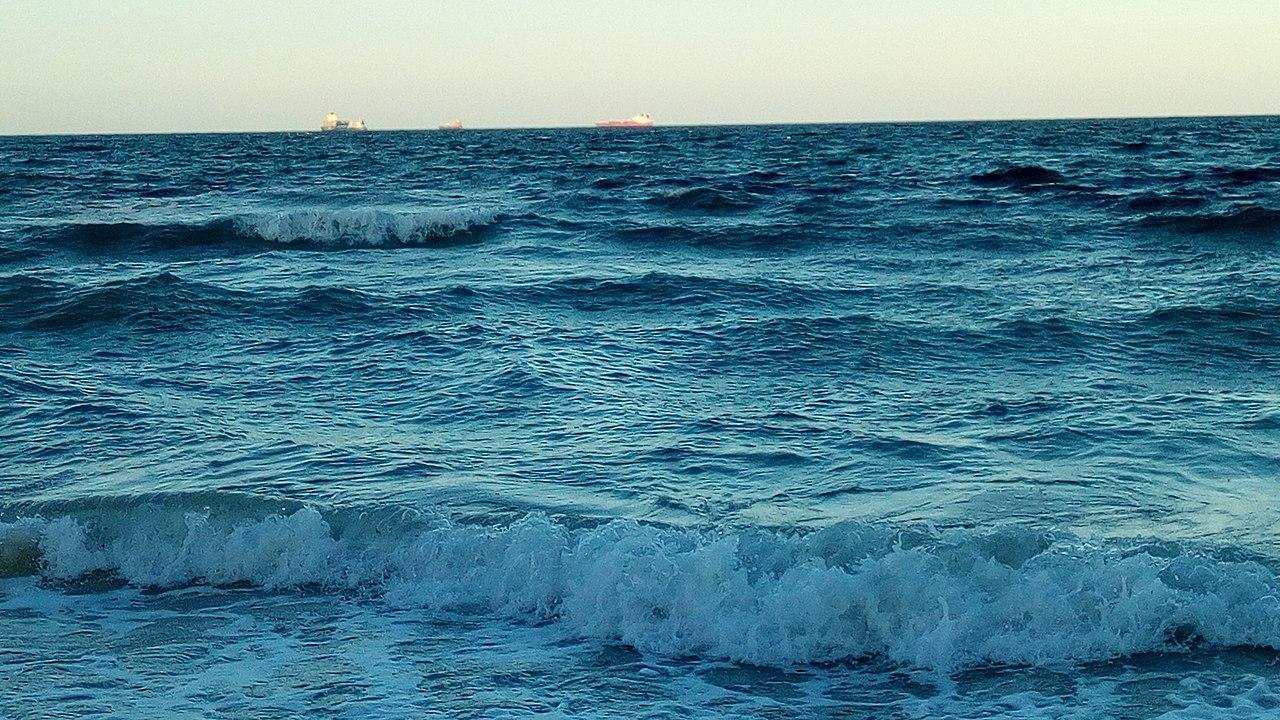
Source: Wikimedia
“There’s only a handful (of exoplanets) we’ve found that are good candidates for that. And this is our nearest, and so that’s quite a major discovery,” said Larissa Palethorpe, a doctoral student at the University of Edinburgh and University College London who co-led the other study.
How Did Scientists Spot Gliese 12b?
Scientists discovered Gliese 12b after carefully studying data collected by NASA’s Transiting Exoplanet Survey Satellite (TESS), a telescope that scans the universe, observing tens of thousands of stars every month.
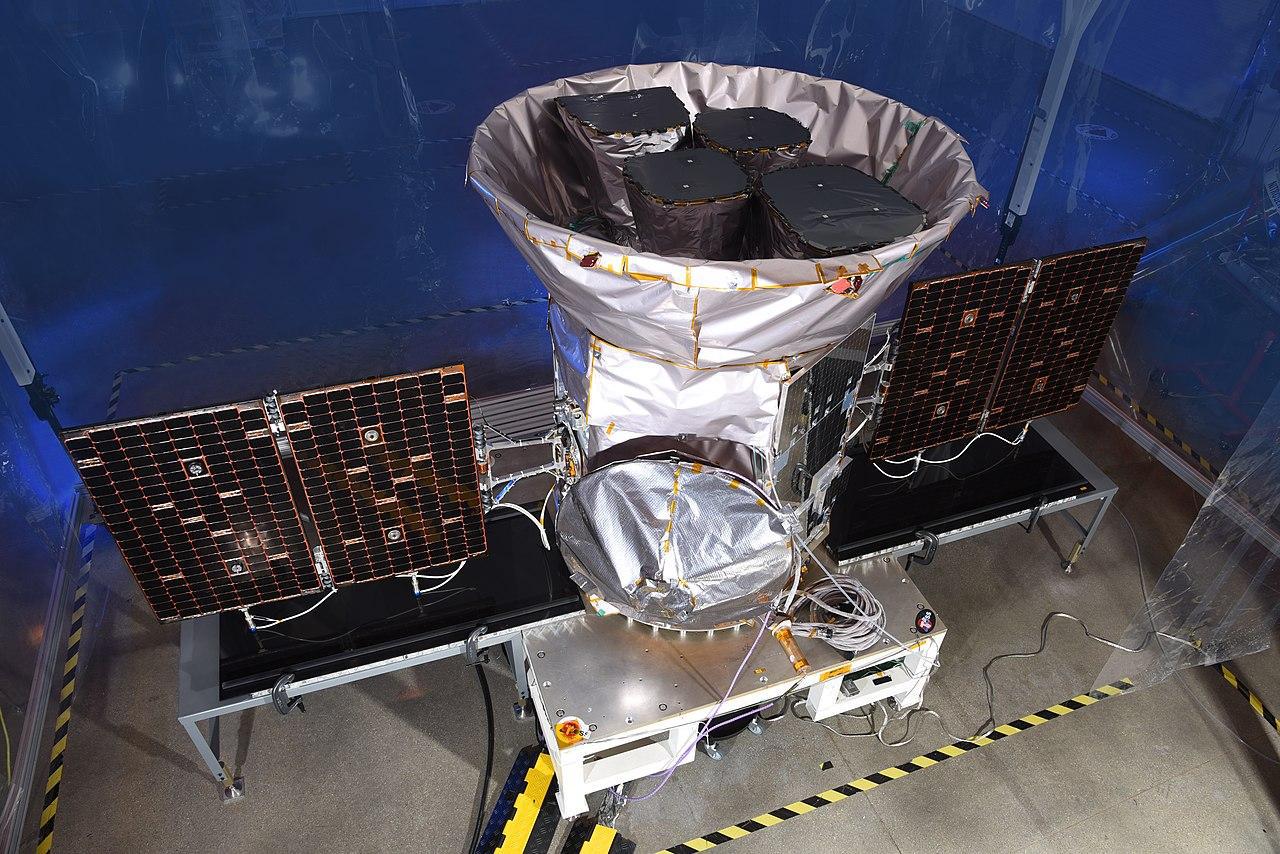
Source: Wikimedia
The data tracks minor changes in the brightness of such stars, which could indicate that they orbit an exoplanet. Generally, it is easier for astronomers to find exoplanets that probate around dwarf stars, which is what led to the discovery of Gliese 12b
Could Gliese 12b Mirror Venus?
Palethorpe and all of the scientists involved in the discovery have yet to discover what constitutes the exoplanet’s atmosphere or whether it has one at all. However, they have theorized that it could be like Venus.
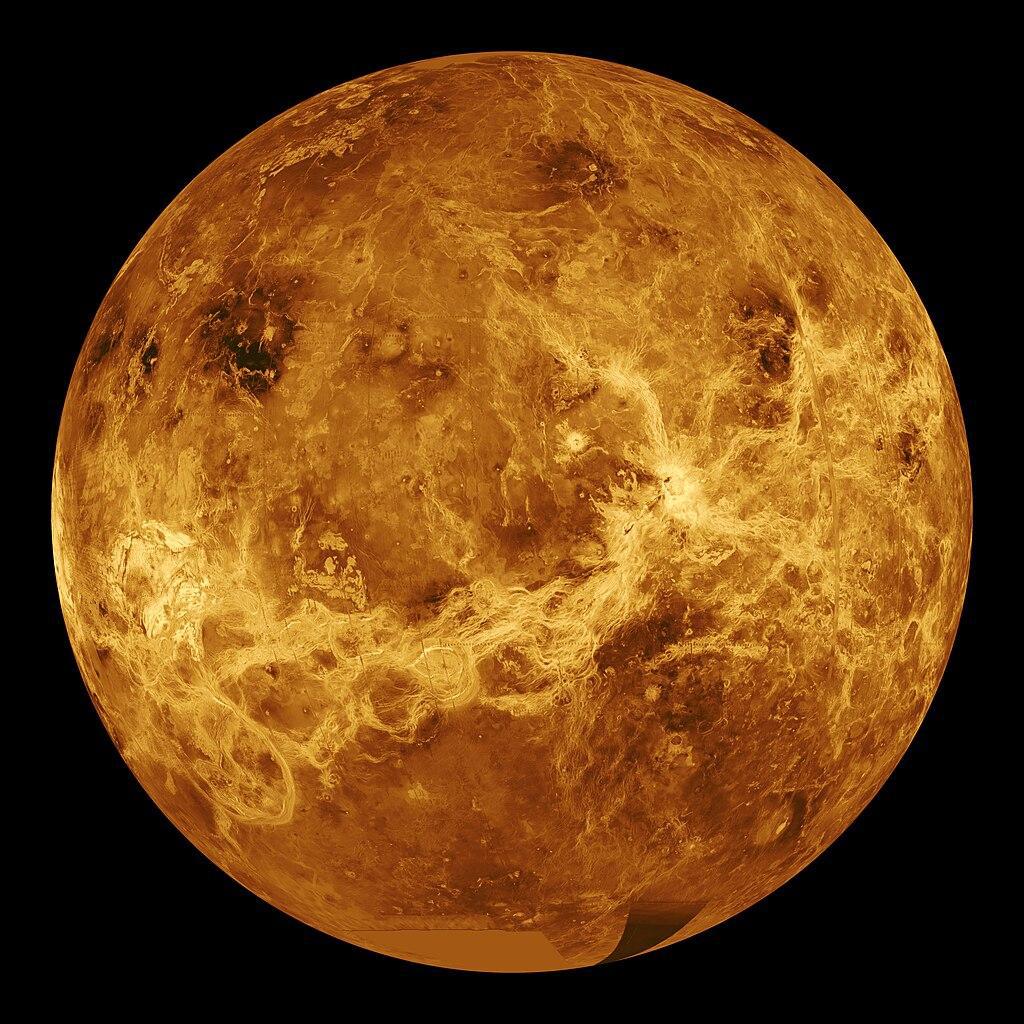
Source: Wikimedia
“There could be no water, and then we know a runaway greenhouse effect has already happened on this planet, and it’s more like Venus,” she said.
What if Water Exists on Gliese 12b?
While Plethrope has admitted the researchers don’t expect to find water on Gliese 12b, they have not necessarily ruled it out as a possibility.
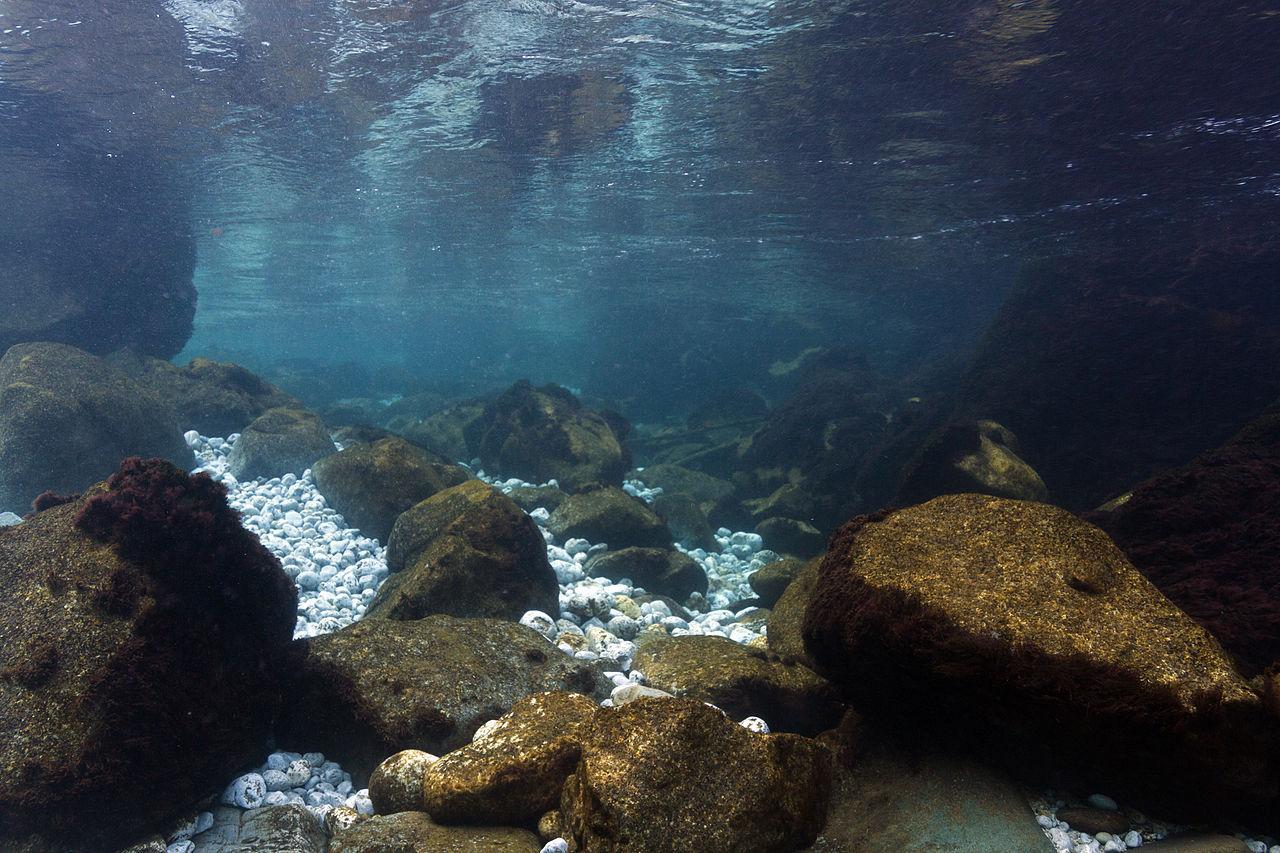
Source: Wikimedia
“There could be water, in which case it’s more like us… or there are signatures that can be detectable that would be able to show you that the runaway greenhouse effect is in progress, so it could be losing water,” said the researcher.
What Comes Next?
The researchers aim to continue studying the planet in the future and to use the James Webb Space Telescope, which will allow them to conduct spectroscopy analysis.
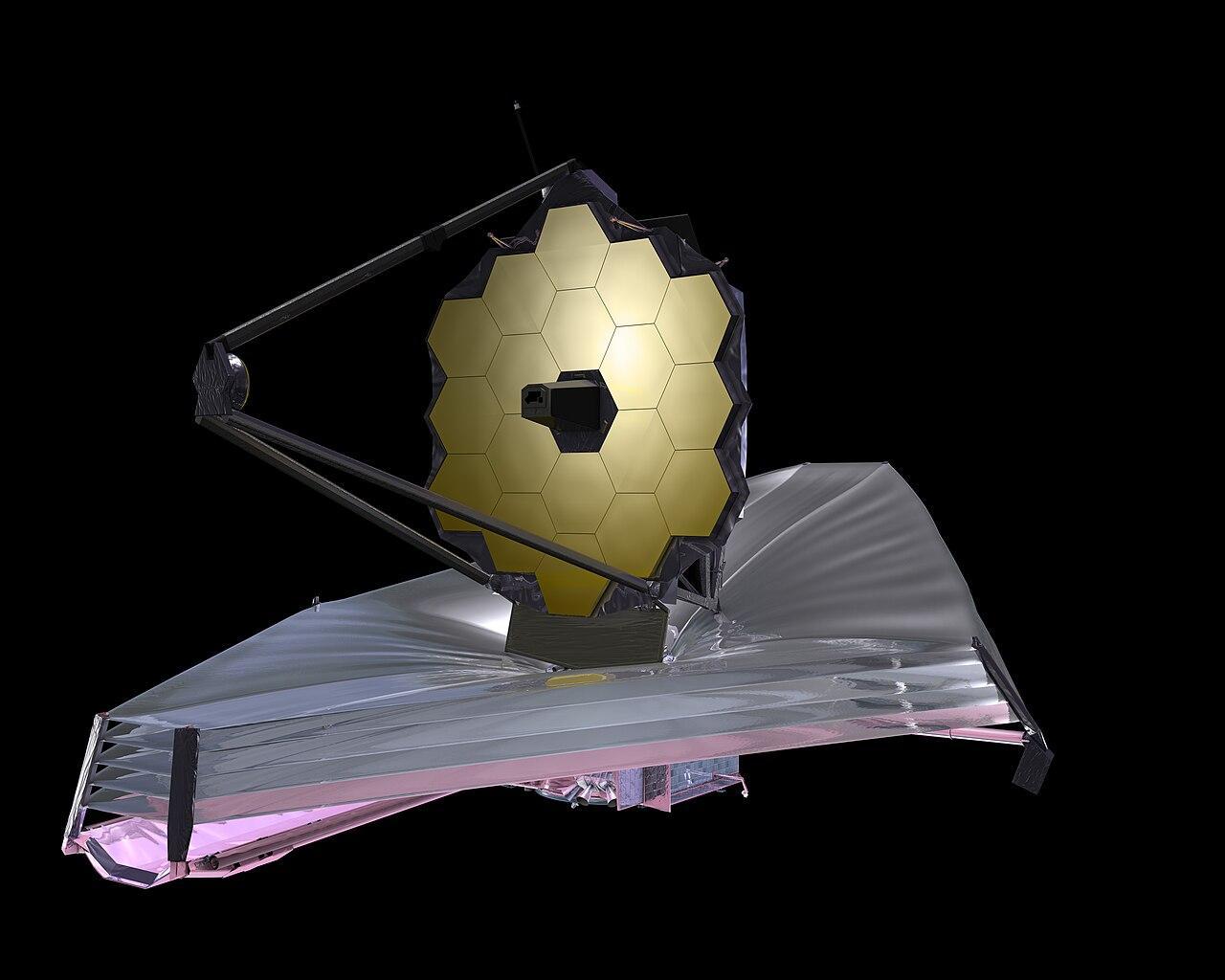
Source: Wikimedia
This particular method involves a highly technical process of capturing starlight passing through the planet’s atmosphere. From this, they will study the wavelengths absorbed by various molecules, which will allow them to discern what constitutes the atmosphere.
Better Understanding Our Own Planet
Further study of Gliese 12b could help scientists better understand our own planet, according to Palethrope.
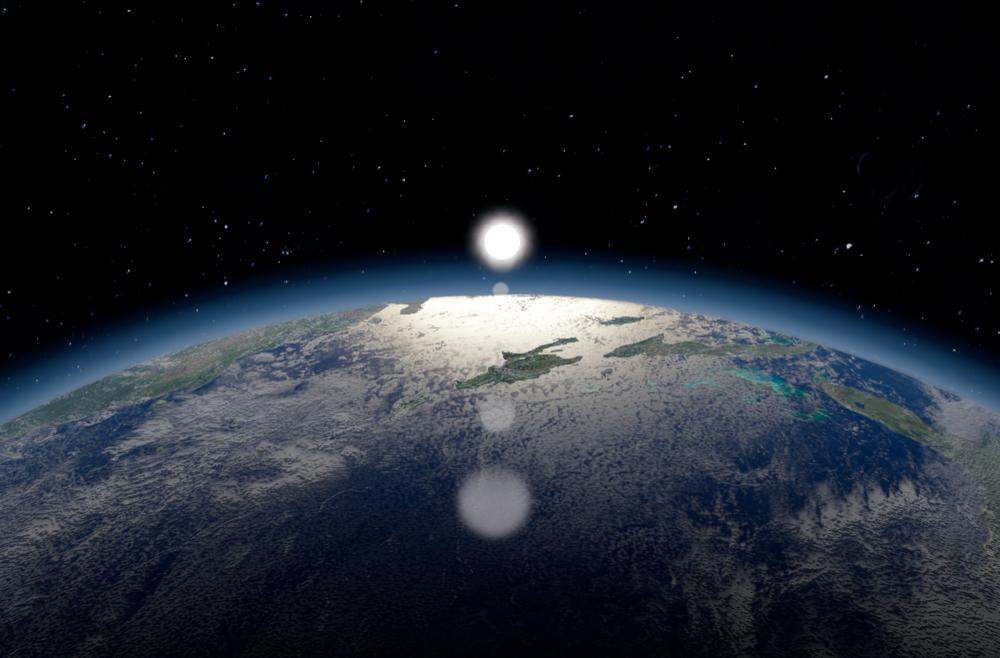
Source: Wikimedia
“What this planet will teach us in particular is what happened for Earth to stay habitable but for Venus to not… It can tell us the habitability pathways that planets take as they develop,” she said.
